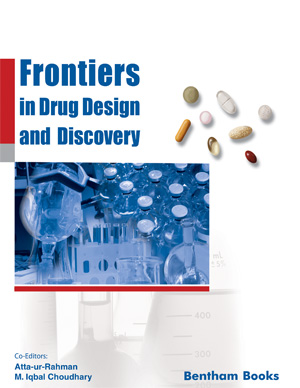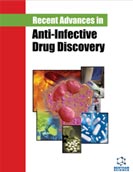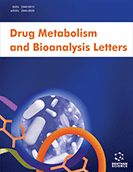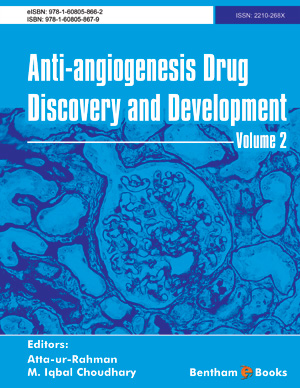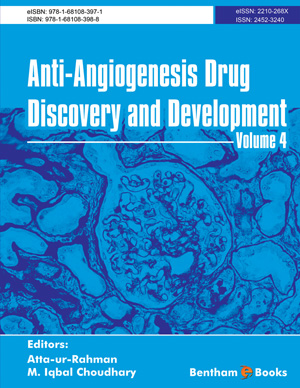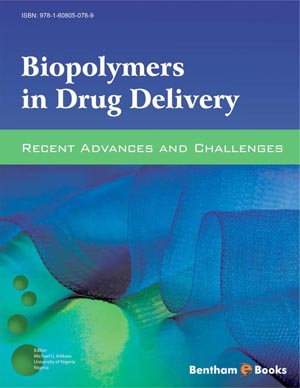Abstract
Heme-oxygenase (HO) is an enzyme that catalyzes the main step of heme
degradation generating anti-inflammatory end products with protective roles in
physiologic and pathological situations. The relevance of HO in inflammatory
conditions is well reported through pharmacological and/or genetic modulation,
pointing out its importance in several models of stress such as infection, inflammation,
and oxidative disturbance. Under the referred situations, another well-known protective
process triggered is autophagy, in which defective cytosolic components and organelles
are eliminated via lysosomes. Besides its role on organelles and macromolecules
recycling, autophagy also contributes to cellular homeostasis by generating the
functional blocks required for anabolic reactions. Recently, different studies have
demonstrated a link between HO activity and autophagy activation. In this chapter, we
would like to draw the reader's attention to the interconnection between HO and
autophagy regarding stress response mechanisms, highlighting its importance in
homeostasis maintenance that might be useful in the therapy of inflammatory diseases
in the future.
Keywords: Autophagy, Bilirubin and biliverdin, Carbon monoxide, Curcumin, Cytoprotection, Heme, Heme-oxygenase, HO-therapy, Inflammation, Iron, Macroautophagy, Rapamycin, Reactive oxygen species, Resveratrol.


